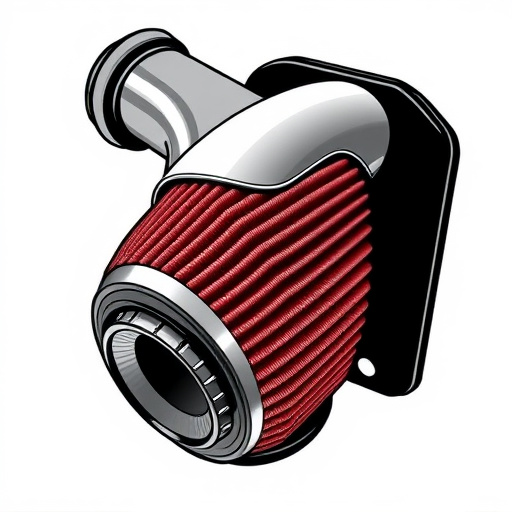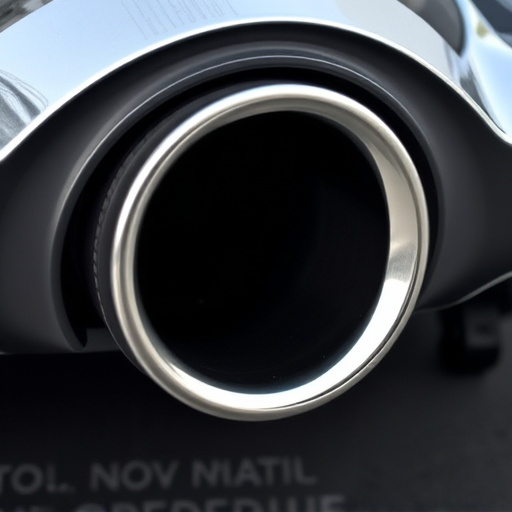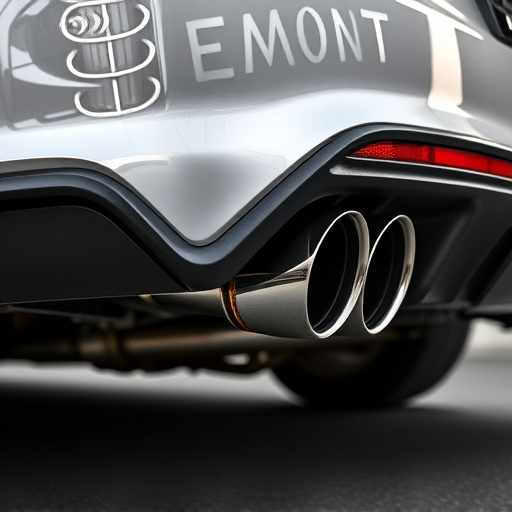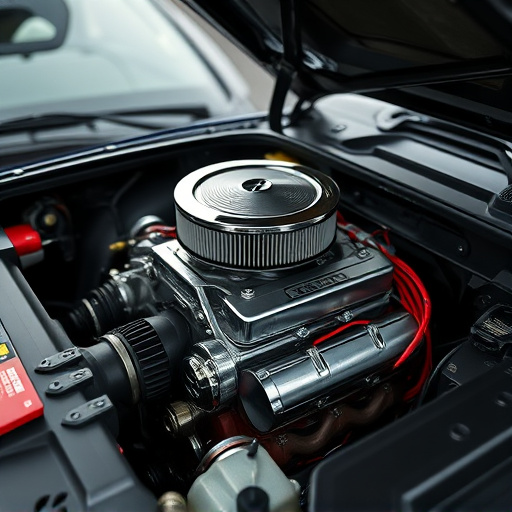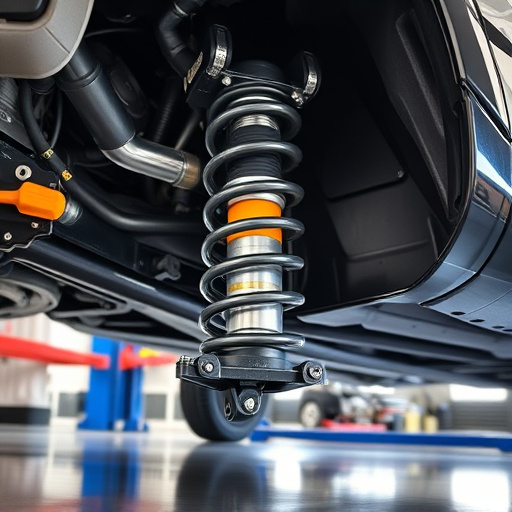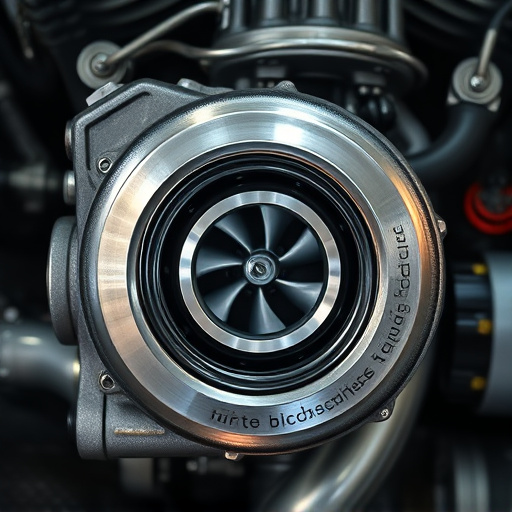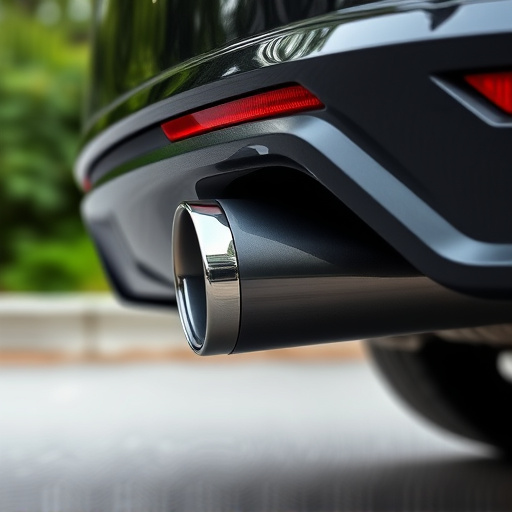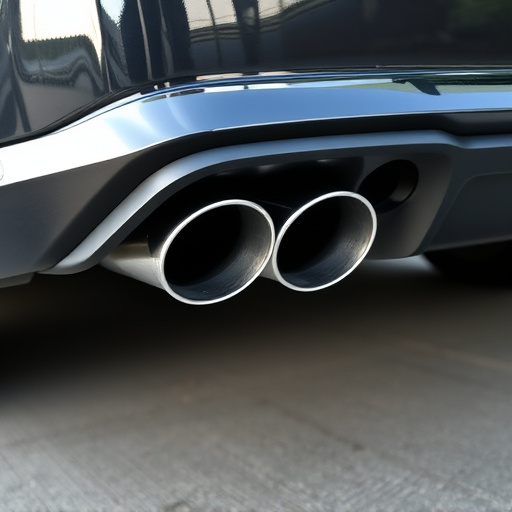Hydraulic suspension, using fluid pressure to control spring stiffness, offers faster response times and improved handling compared to air-based systems. Its near-instantaneous reactions enhance stability and reduce body roll, making it ideal for off-road and high-performance driving. Customizable kits allow tailoring to specific needs across various industries, from rugged terrain vehicles to race cars.
Hydraulic suspension systems are transforming the way we perceive vehicle dynamics. This technology offers a swift response time, setting it apart from traditional air-based systems. In this article, we’ll unravel the fundamentals of hydraulic suspension, explore its key advantages over air systems, and delve into real-world applications showcasing its benefits. Discover how hydraulic suspension is revolutionizing various industries, ensuring precision control and enhanced performance.
- Understanding Hydraulic Suspension Basics
- Advantages Over Air Systems: Quick Response Time
- Real-World Applications and Benefits
Understanding Hydraulic Suspension Basics

Hydraulic suspension is a complex yet sophisticated system that has revolutionized vehicle dynamics. At its core, it involves using fluid pressure to control and adjust the stiffness of springs, allowing for precise handling and a smoother ride. This technology differs significantly from traditional air systems, which rely on compressed air to provide cushioning.
By leveraging hydraulic suspension, vehicles can achieve faster response times due to the direct control over wheel movement. This is particularly beneficial in high-performance scenarios where quick changes in terrain or driving conditions are common. Moreover, it offers a greater range of adjustment, making it suitable for various driving styles and road conditions, including off-road adventures and daily commutes.
Advantages Over Air Systems: Quick Response Time
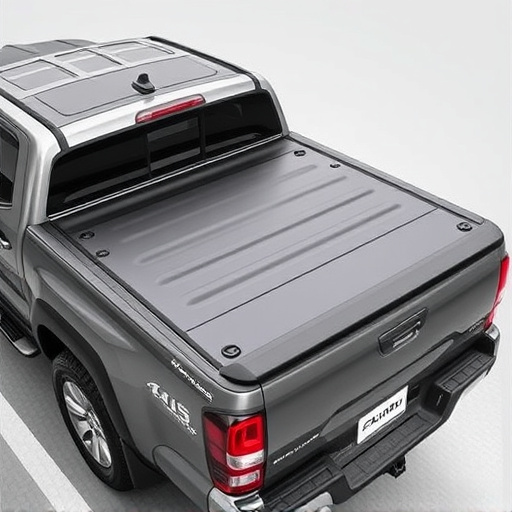
Hydraulic suspension systems offer a significant advantage over traditional air-based systems when it comes to response time. This is primarily due to the inherent mechanics of hydraulics. Unlike air systems, which rely on compressing and moving vast volumes of air, hydraulic suspensions use fluid power to generate force and control. This means that hydraulic systems can react almost instantaneously to driver input, ensuring a swift and precise ride adjustment.
The quick response time translates to better handling and stability, especially in dynamic driving conditions. For instance, when navigating winding roads or abruptly changing lanes, the hydraulic suspension can swiftly lower or raise the vehicle’s body, maintaining optimal contact with the road surface. This immediate responsiveness is particularly beneficial for off-road enthusiasts, as it allows for more control over terrain variations, enhancing overall performance and safety.
Real-World Applications and Benefits

In various industries, from automotive racing to heavy machinery operations, hydraulic suspension has proven its worth as a game-changer. This technology offers unparalleled control and precision, enabling vehicles and machines to navigate challenging terrains and high-performance scenarios with ease. Whether it’s fine-tuning the ride in off-road vehicles or enhancing braking components in racing cars, hydraulic suspension provides an immediate response to driver inputs.
The benefits are clear: improved stability, reduced body roll, and enhanced control make hydraulic suspension ideal for extreme conditions. Moreover, these systems can be tailored to specific needs through suspension kits, allowing for customization of high-performance parts. This versatility ensures that every application, from rugged terrain vehicles to high-speed race cars, benefits from the efficiency and reliability of hydraulic suspension technology.
Hydraulic suspension systems offer a significant advantage over air-based systems due to their remarkable quick response time. This real-time adaptability is a game-changer in various applications, from automotive racing to industrial machinery. By understanding the fundamentals and embracing the benefits outlined in this article, engineers and manufacturers can harness the power of hydraulic suspension to achieve superior performance and control.







